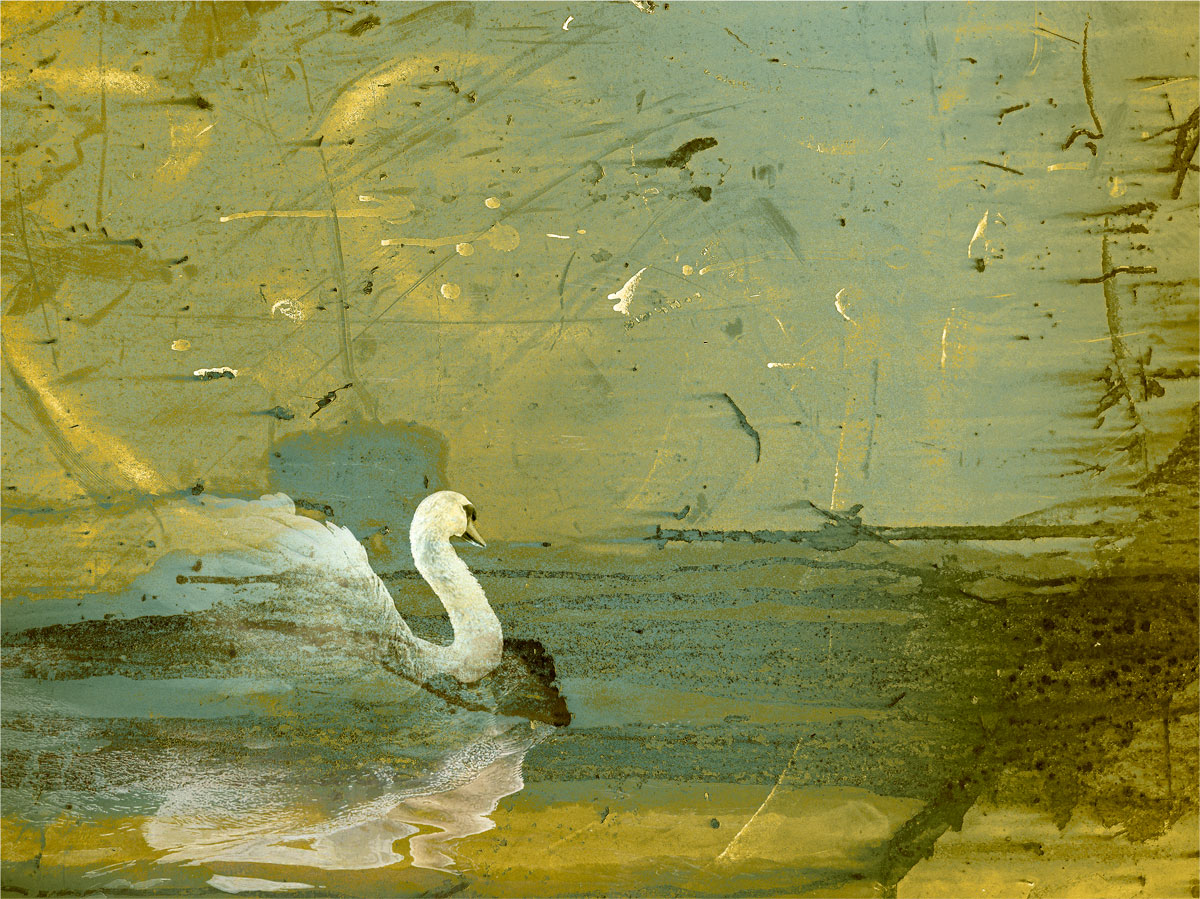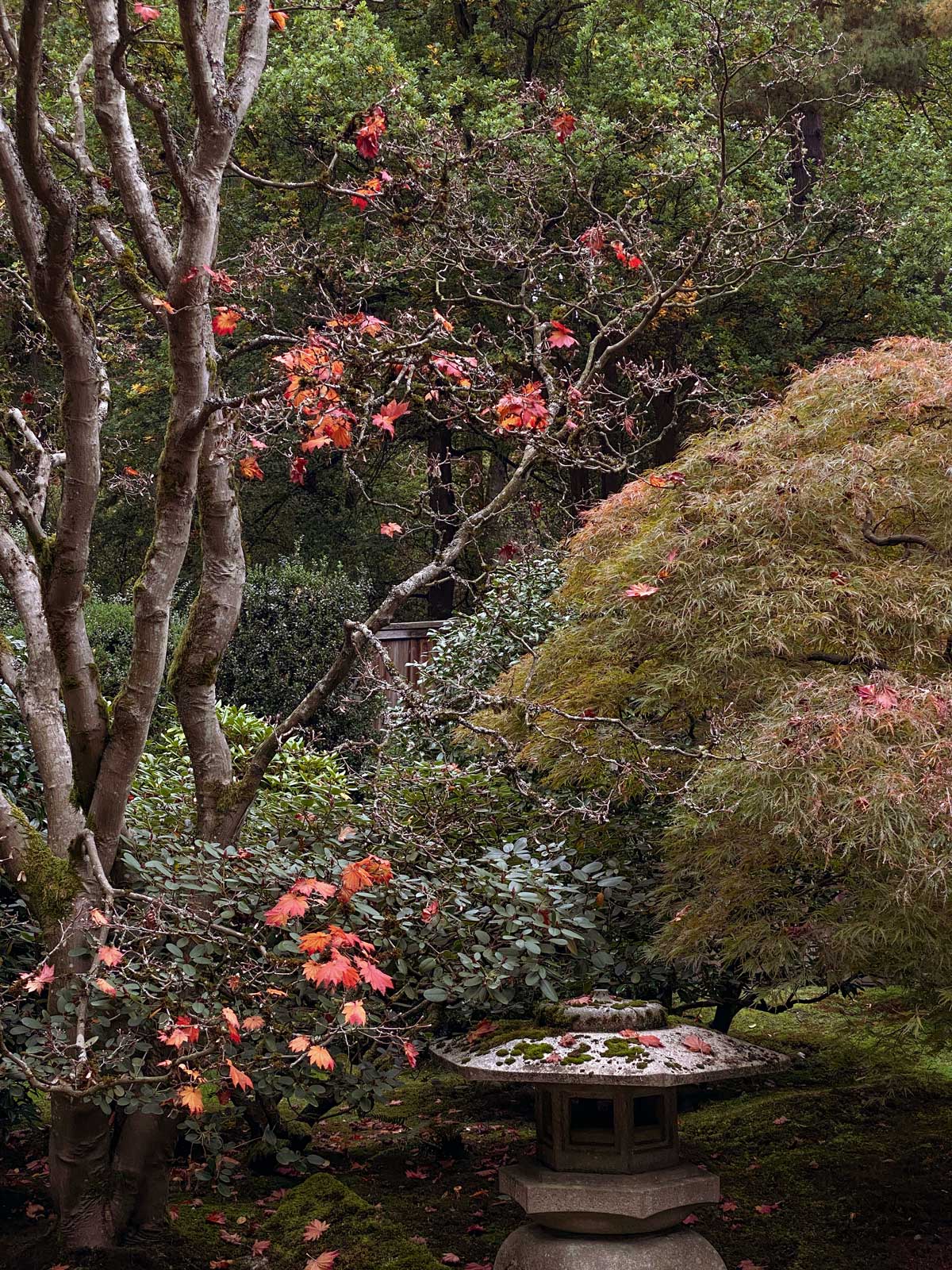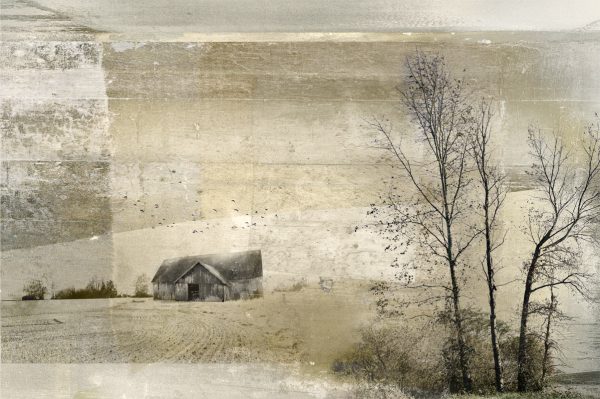
The design authorities have nominated “Mocha Mousse” as the color of the year, suggesting to me that either The Onion has taken over, or the members of The Color Board need to up their anti-depressants. A color of “subtle elegance and sensorial richness?” Think again: perhaps of global warming and how the coffee bean so many of us rely on for optimism is rapidly becoming extinct. Sorry! Mocha Mousse is about pillows! Beige linen against a gray couch, and wall paint that costs $95 per gallon. Neutrals and browns are hard, I get it. I’m sure it takes a full year to get the shades just right.
However. Looking forward to 2025, from a city often drenched in dispiriting shades of mud, I nominate the Color of the Year as Nostalgia. I just can’t, right now, look into the future. I need to rest in the soft duotones and bad color separations of childhood. Toys were tin, cotton had not yet been invaded by plastic, the inside of a sleeping bag was 100% flannel, smelling of Irish setters and woodsmoke. Who wouldn’t want to live there again?






